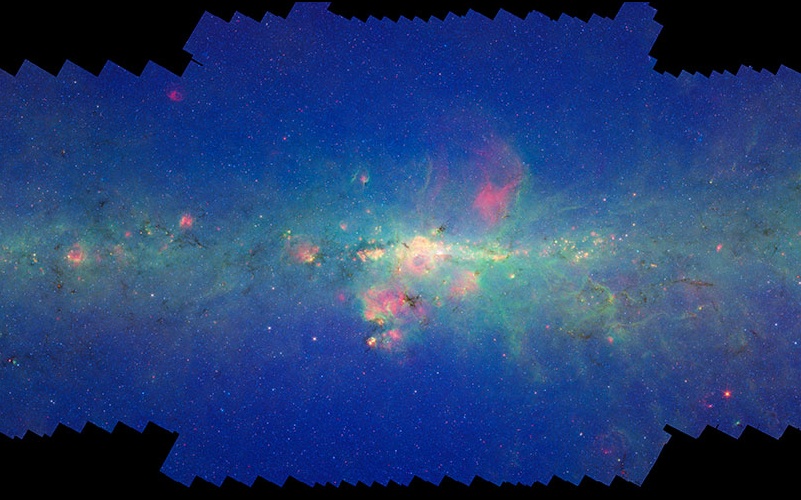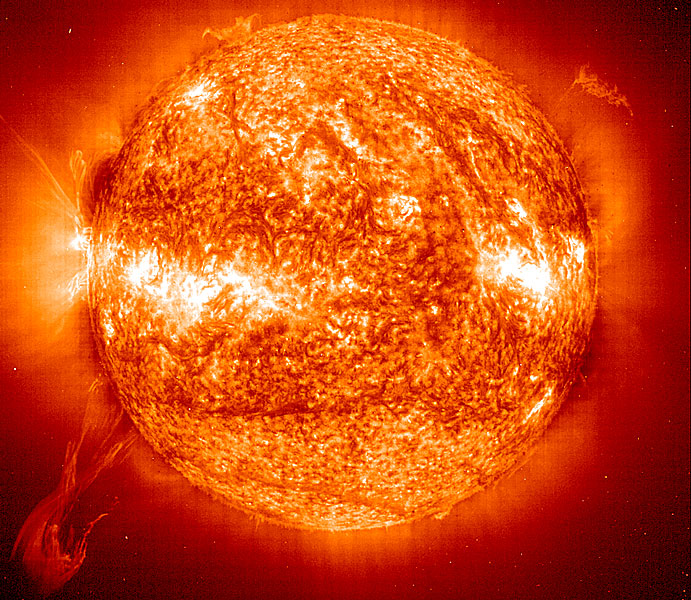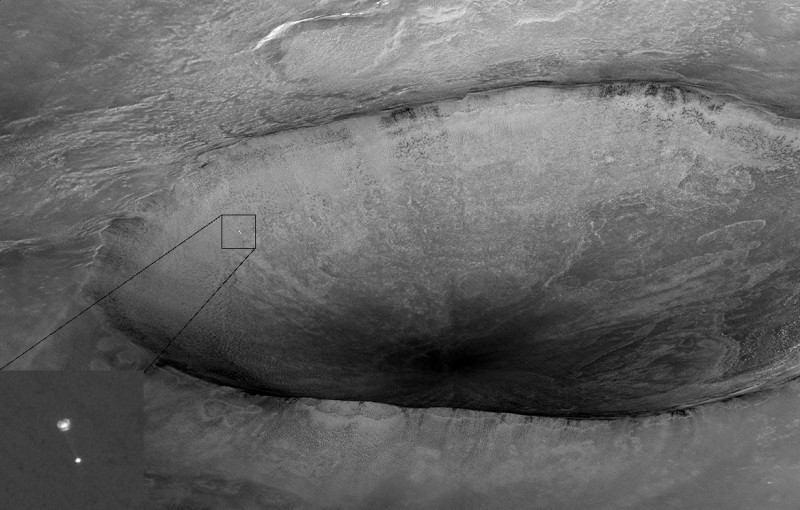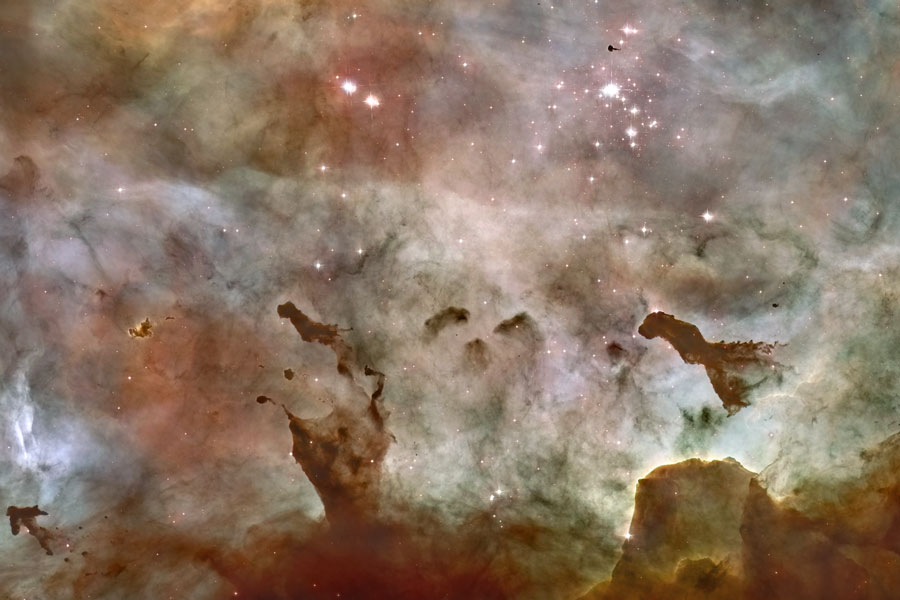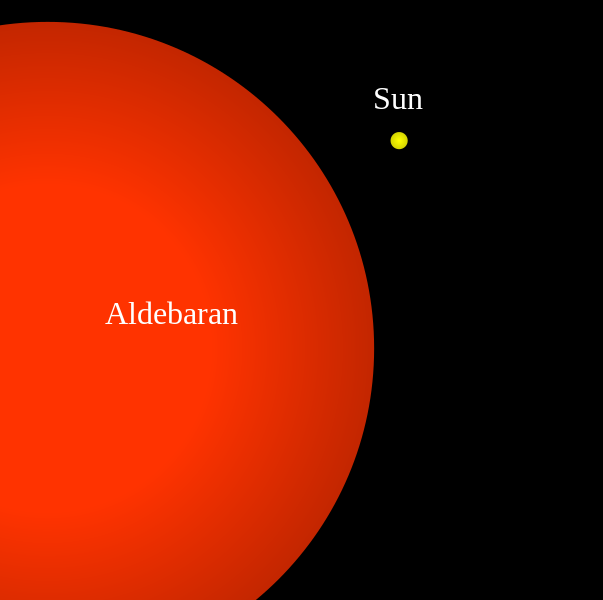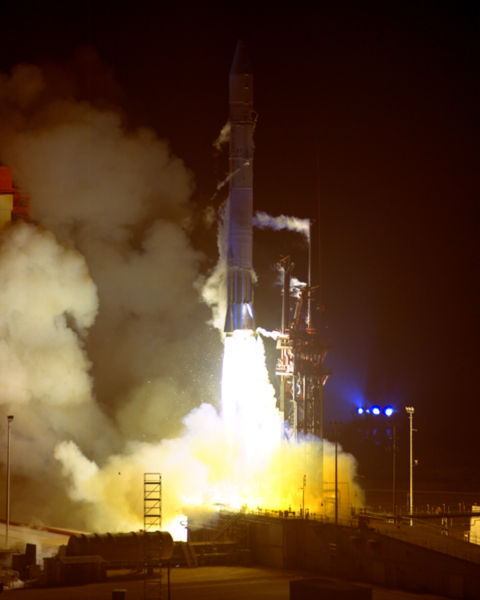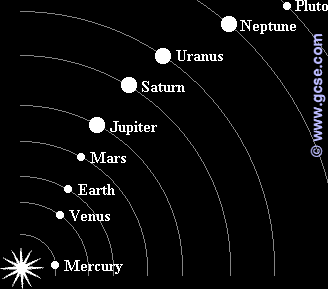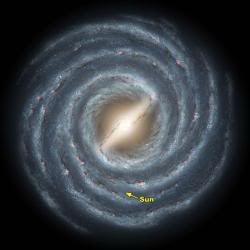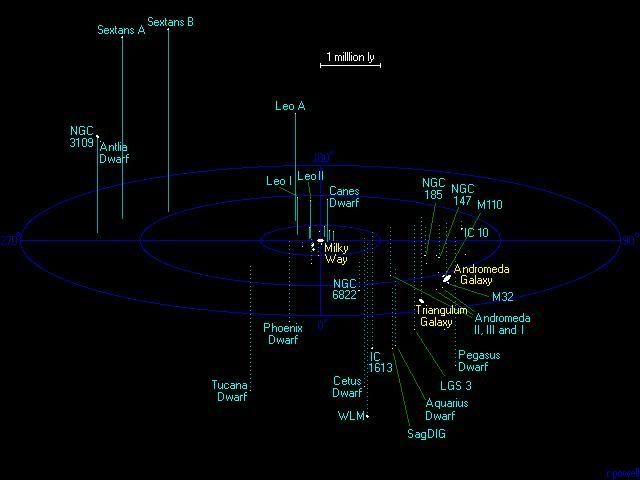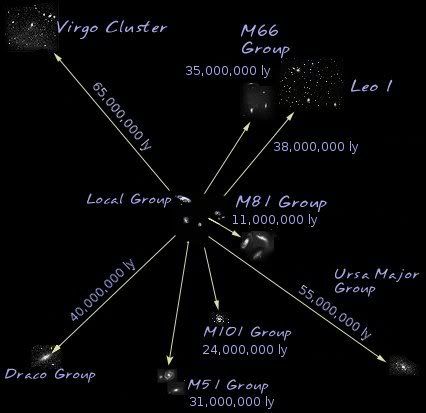These questions are great! I used to work at an observatory and I sort of miss doing this kind of stuff.
*grabs a coffee*
Machado said:
1.-is the milky only constituted by our solar system?
The "Milky Way" is our galaxy, so let's establish a few things.
This is our solar system and we are located on the planet Earth which orbits the star that we call the Sun:
This is a representation of our galaxy (we can't take these kinds of pictures of it because we're inside of it), the Milky Way. Our solar system is orbiting this galaxy (goes round every 200-250 million years or so) along with many other solar systems, which may or may not have planets.
And then
beyond that, our galaxy is in a cluster of galaxies known as the Local Group:
And then
beyond that, our cluster of galaxies is part of a supercluster known as the Virgo Supercluster:
Space is big.
2.-Can a planet get "lost" in the universe? I mean can it dettach from its orbit?
Um, there are orbits that change (for instance, the Moon is every so slowly moving away from us). A collision could also produce this as well. Comets are probably the best example of this happening, where they orbit on incredibly long, elliptical orbits around our Sun (as seen
here), though I don't think you could define that as "lost". Still, it shows the incredible gravitational strength of the Sun.
So, I guess the answer would be "yes", but it would be
highly unlikely, especially with the likelihood of some other force attracting the body.
3.-has there ever been a moment where another planet has been easily seen in the sky?
Well, the planets Mercury, Venus, Mars, Jupiter, Saturn and Uranus are all visible to the naked eye. Uranus is pretty dim, though and you would often mistake it for just a star, even with magnification. Which is probably why it wasn't discovered until 1781. All the other planets have been known of since the early days of astronomy (like, a few thousand BC ... I'm not really all that up on any historical astronomy pre-1600).
Anyway, most planets look really nice through a telescope, even a low power one. Saturn is a marvelous sight through just about anything, providing the rings are in a good orientation. I find Mars to be particularly bland. Jupiter's nice and Venus always has this nice effect to it and is especially cool when it's in phase (like the Moon). Mercury I've only seen once in my life and I guess it's neat to say that you've done it. Uranus and Neptune are like little greenish/bluish fuzzballs.
4.-when will we go to the moon again?
NASA has a mission planned for 2018:
http://en.wikipedia.org/wiki/Project_Constellation
That's gravity at work. If a body is large enough, the center of gravity will attract everything towards it, which forms a fairly spherical shape.
and why do they seem flat?
This is mostly due to resolution. For instance, if you look at pen ink with your eye, all you see are fairly straight lines. Take a microscope to it and it will look completely different, with jagged edges and holes everywhere. It's the same basic idea. If I showed you the moon through a telescope (or hell, binoculars), you would see craters and mountains on the edge, but without the telescope, you can't see that at all.
6.-If we put some cockroaches in mars with food and water would they survive? also plants (yes...again)
Cockroaches don't deal well with cold. As far as I know (i.e. just looked up), they can occasionally survive freezing temperatures and the
warmest it gets on Mars is somewhere around -5 degrees Celsius (23 degrees Fahrenheit).






